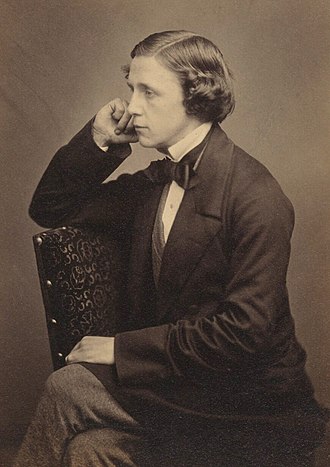Welcome to
Jay Gentry’s
Library Guide and Portfolio!
Here is where you will find information on libraries, best practices for library and customer service, and ways you can contribute to the libraries and our team!

What does it mean to work in libraries?
Working in libraries involves managing and curating a diverse collection of information resources, assisting patrons in finding and using these resources effectively, and fostering a community space for learning and collaboration. It is important because libraries provide equitable access to information, support literacy and education, and preserve cultural and historical knowledge. By promoting lifelong learning and ensuring that knowledge is accessible to all, libraries play a vital role in empowering individuals and strengthening communities.
Core Values of Librarianship: https://www.ala.org/advocacy/advocacy/intfreedom/corevalues
The Library Mission:
“Every library — academic, public, and school (public, private, charter, independent, and international) — should have a comprehensive written policy that guides the selection, deselection or weeding, and reconsideration of library resources.”
–ALA Association
The first public lending library in America was the Franklin Public Library, founded in 1790. It is important to note that there are other libraries, such as the Redwood Library and Athenaeum in Rhoide Island, which pre-date the FPL or otherwise have separate claims to the title of “first lending library in America.” Internationally, libraries have existed for thousands of years with the oldest known library, the Library of Ashurbanipal, dating back to the 7th century BCE.
Today, there are over 123,627 libraries of different kinds in the United States and 17,278 public libraries. According to the International Federation of Library Associations and Institutions, there are over 2.8 million libraries globally, a little over 400,000 of which are public libraries.

Libraries by the Number
Fun Library Fact:
There is no “official number” of volumes dictating what makes a library a library, meaning that if you think about it, as long as you own at least a single book, you oversee your own personal library. According to the ALA, a library should be developed with a purpose and serve that purpose, but that “the number of books it holds does not determine its worth.”
Familiar Faces: Famous Librarians Throughout History

Lewis Carroll
Author of Alice in Wonderland and Through the Looking Glass

Marcel Duchamp
Famous artist and sculptor known for his contributions to cubism

Benjamin Franklin
US Founding Father, Inventor, and first Post Master General

J Edgar Hoover
Director of the Bureau of Investigation (BOI) and first Director of the FBI

Thomas Jefferson
US Founding Father and 3rd President of the United States

Anne Carroll Moore
Children’s Advocate and Co-Founder of Children’s Book Week

Alice Andre Norton
Famous Science Fiction author known for The Beast Master, Witch World, and The Crystal Gryphon.

Phillip Pullman
British author famous for the His Dark Materials series

Mao Zedong
Founder of the People’s Republic of China, Marxist, and chairman of the Chinese Communist Party.
Many libraries offer resources that you should know about!
These include:
- Library Liasisons – Subject specialists who can help your patrons find the support they need for questions in their field of study.
- Course Reserves (Academic Libraries) – Class textbooks that are available via a limited checkout for students who need access to their course materials.
- Room Reservations – Libraries often have rooms for reservation for instruction, meetings, and presentations. This is useful for things like work meetings, job interviews, or just hosting your own events locally.
- Interlibrary Loan – ILL is a tool that allows students and faculty to request materials from other institutions that are unavailable at the library for checkout. These requests can take several days to be processed and delivered.
- Workshops and Programs – Many libraries offer training sessions in tech literacy, English language, and studying for citizenship testing.
- Afterschool/Youth Programs – Oftentimes, your public library will host collections, programs, and other regular events aimed at giving young adults and children a place to learn, socialize, and explore!
- Makerspaces – Though not every library has a makerspace, these rooms generally include supplies for arts and crafts, hobbies, and even 3D printers.
- Technology – While it depends on your local library, most libraries in the United States provide, Wi-Fi, have computers, and will often have non-book materials like videogames and movies for patron checkout.
Libraries include these and many other resources for their communities. To learn more about them, visit your local libraries website or social media pages or explore the membership based entities that provide information and support for or about libraries.